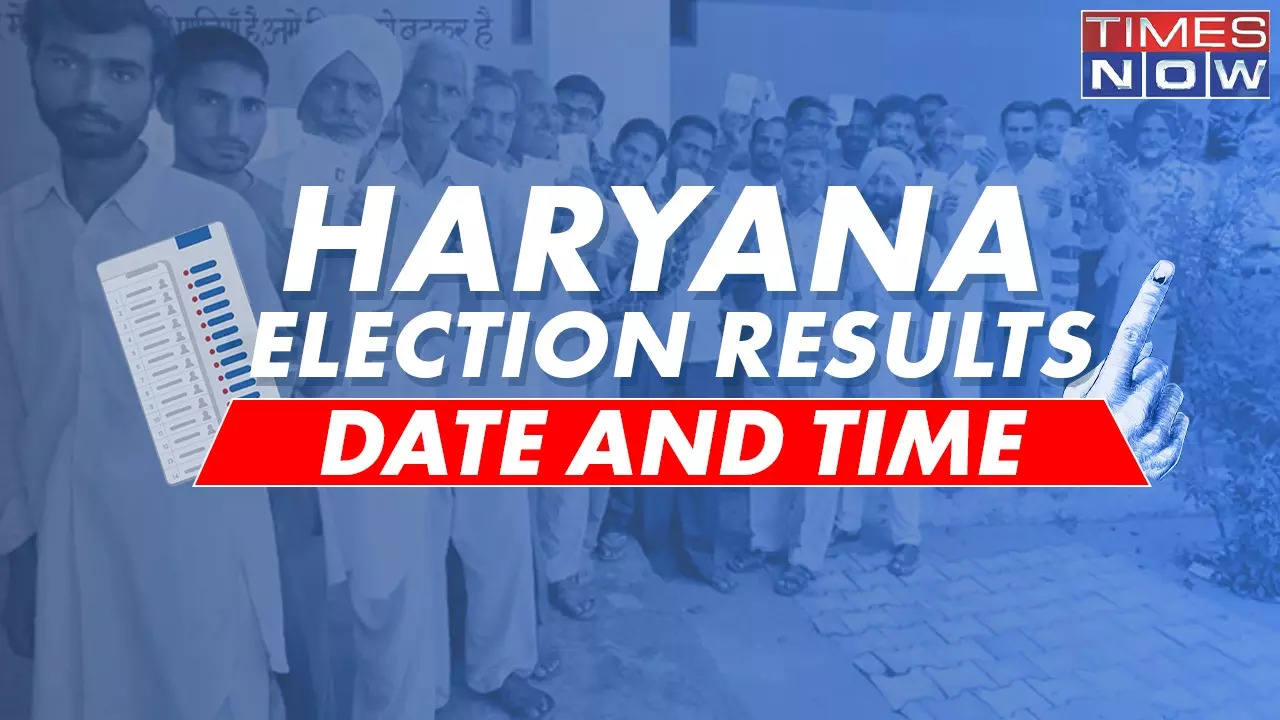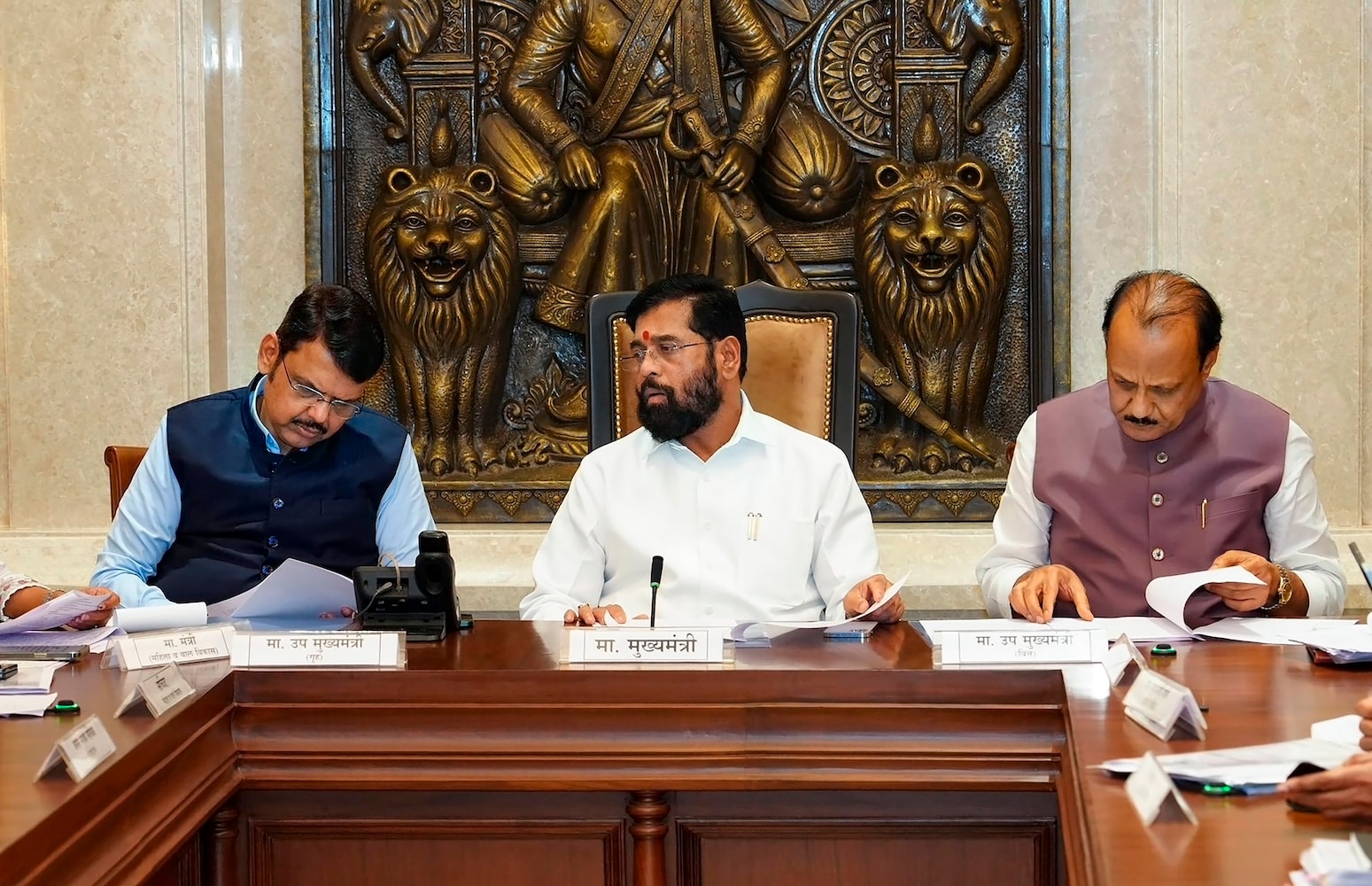
The Los Angeles Unified School District is asking voters to approve a property tax increase to fund $9 billion in renovation and repair projects. Measure US is the largest bond ever proposed in LAUSD, though district staff say it represents just 11% of total funding needed to update aging schools from San Pedro to the San Fernando Valley. “Improvements to schools provide safe and updated opportunities for students and better working environments for our staff,” said Superintendent Alberto Carvalho in August.
“Upgraded schools can also create greater pride in our neighborhoods, in our communities, and help improve the safety of our school neighborhoods.” Critics of the funding measure point out that the district is asking for more money after two decades of declining enrollment. Official title on the ballot: Local Public Schools Safety and Upgrades Measure A "yes" vote means: LAUSD can borrow $9 billion to construct new buildings, repair and renovate existing public schools.

A "no" vote means: LAUSD cannot borrow $9 billion to construct new buildings, repair and renovate existing public schools. Los Angeles Unified is a sprawling district that includes more than 1,000 schools . The district estimates that at least 60% of its facilities are 50 years old — or older— and more than 100 schools are at least a century old.
California does not have a steady stream of funding to support the construction and upkeep of public schools. Instead, school facilities funding primarily comes from two sources — state and local bonds. This year LAUSD voters will decide whether to support one of each: the district’s Measure US and the statewide Proposition 2.
(We’ve got a voter guide for that one too .) “We are doing something out of necessity because there are no other resources available,” Carvalho said. “Fundamentally, it is the responsibility of the state and the federal government to provide these resources, but they have not.
” The district seeks to upgrade and repair facilities that serve more than 400,000 students. By the district’s estimate, 50,000 HVAC units, 18 million square feet of roofs, and 2 million square feet of plumbing need replacing . Other priorities include better accessibility for students with disabilities, energy efficiency, and green space .
(That work can take a while .) Research links higher student achievement to better quality schools — it’s easier to learn in clean, climate-controlled, well-lit classrooms. San Pedro High School is in the midst of a bond-funded renovation and recently debuted four new chemistry labs funded by a previous bond.
The classrooms have safety showers, eyewash stations and hoods to whisk away chemical fumes. “I'm gonna be honest, the rest of the school, it's definitely a little dated, but our science labs downstairs are amazing,“ said senior Taya Olson. ”I think It's gonna spur a lot of innovation and hopefully some more information that we'll be able to learn from and apply later on.
” Poorly maintained schools are prone to disruption during extreme weather and may even pose health risks to students and staff . The same day LAist interviewed Olson in September, a heat wave sent students in the San Fernando Valley home early . Throughout California, 38% of K-12 students go to schools that do not meet the minimum standard to be considered clean, safe, and functional.
If at least 55% of voters approve Measure US, LAUSD can issue up to $9 billion in bonds to finance specific school facilities projects. The money borrowed through Measure US would be paid back through a property tax that could last up to 35 years, though the amount of the tax will likely taper off in later years of the bond. The district estimates the bond would cost property-owners that live within LAUSD’s boundaries an average of $25.
04 per $100,000 of assessed value. There’s also a possibility that LAUSD could get additional state funding if Prop. 2, the statewide school facilities bond, passes.
District staff estimated in August that LAUSD would get $700 million in matched funding if that prop passes. LAUSD staff outlined how the district intends to spend bond funding at an Aug. 7, 2024 board of education meeting: Here’s what the district cannot legally spend bond funding on: What about charter schools? In LAUSD, 20% of students attend independent charter schools, some of which share campuses with district schools.
“We see the same challenges — the leaky roofs, the insufficient special education space, too much concrete and not enough grass,” said Keith Dell’Aquila, vice president for greater Los Angeles advocacy at the California Charter Schools Association. The district aims to spend $300 million upgrading LAUSD campuses operated by or co-located with independent charter schools. How long would construction take? While the measure lists schools that could benefit from improvements, that list is not a guarantee of which projects will be funded.
All bond-funded spending is reviewed by the Bond Oversight Committee and must be approved by the LAUSD board. There are often years of community meetings, design, and permitting between the passage of a bond and the start of construction. For example, there are 240 projects under construction and 640 in the works primarily funded by LAUSD bonds passed four and 16 years ago.
The LAUSD board unanimously approved the bond at an Aug. 7 meeting, two days before the deadline to submit local measures for the general election. The district announced the special meeting 24 hours in advance — the legal minimum — which gave little time for community members and members of the committee responsible for overseeing the LAUSD bond spending to review the details of the historic ballot measure.
“The process by which this bond measure was developed and put forth, without consultation of key stakeholders, groups such as ourselves, and therefore outside public view, prevents us from providing any meaningful comment,” said D. Michael Hamner, chair of the Bond Oversight Committee at the board’ meeting. Voters approved the district’s most recent bonds in November 2020 (the $7 billion Measure RR) and in 2008 (the $7 billion Measure Q).
Carvalho said that the remaining money from the bond is committed to existing projects and that the district estimates it’d need $80 billion to “meet the needs of all of our facilities.” At the turn of the century, LAUSD was massively overcrowded and bond funding helped increase the district’s capacity. But by the time the district’s building spree ended in 2017 with the opening of the Maywood Center for Enriched Studies (MaCES) enrollment was declining.
Today 43% fewer students attend LAUSD schools than two decades ago. District staff say the plan for Measure US accounts for those changes. “We're not going to build new buildings where the students are gone.
That doesn't make any sense,” said Amanda Wheritt, the superintendent’s deputy chief of staff. “But there will be some new construction, for example to replace portable buildings with permanent classrooms.” The lottery does contribute money to public education — L.
A. County alone has gotten $11 billion since 1985 — but as revenues ballooned in recent years, school funding stagnated. When California voters approved the creation of the lottery, the law required 34 cents of every dollar to fund education.
In 2010 lawmakers changed the rules giving the lottery the mandate to “ maximize ” funding for education. Now there are bigger jackpots, but fewer dollars for schools. A 2018 LAist investigation found the lottery’s contributions had dropped to 23 cents per dollar.
And in 2020, the California State Auditor found the lottery “ has not provided required funding to education ” and shorted schools tens of millions of dollars. Voters have recently supported LAUSD’s ballot measures, with the notable exception of a failed 2019 parcel tax . Supporters point to myriad consequences of aging schools, from leaky roofs and failing HVAC systems to classrooms that don’t support modern career and technical education classes — or even have enough outlets for students to charge their laptops.
“This isn't just about beautification,” said Mireya Valencia, program director at the Los Angeles Neighborhood Land Trust , which has advocated for more green space at schools. “It's a crucial investment in our children's health, safety, and future. We're creating environments where all our children can thrive.
” In addition to funding necessary repairs, Superintendent Carvalho said the bond will also help correct longstand disparities in the quality of LAUSD campuses. “We have seen schools that are built as Taj Mahals with the latest and greatest technology, with beautiful green spaces, with outdoor classrooms, with stunning athletic facilities,” Carvalho said. “Then you drive down the road one mile, and you see a completely different world that I cannot explain, and frankly, I cannot accept.
” Read more: Upgrade Schools for LA Kids – Yes on US 2024 Measure US’s primary opponent is a nonprofit organization dedicated to upholding Prop. 13, legislation passed in 1978 that limited changes to California property taxes. The Howard Jarvis Taxpayers Association also opposes the statewide school facilities bond, Prop.
2. “The main thing is that it's very expensive,” said Susan Shelley, HJTA’s vice president of communications. Shelley also questioned the short notice for the meeting where the bond was approved and why LAUSD is requesting $9 billion to fix schools that fewer students attend each year.
“We feel that the district has not been forthcoming with a plan for consolidation or closures of schools,” Shelley said. “They're just trying to raise the taxes on everybody.” Read more: Los Angeles Daily News Endorsement: No on Measure US in LAUSD Stay tuned.
We will update this story to include campaign finance information closer to the election. A bond is basically a loan. The $9 billion authorized by Measure US would be paid back — with interest — through local property taxes.
The district estimates that if the entire bond is issued, it will cost nearly $16 billion to repay. Before you read more, we wanted to take a moment to tell you about our mission here at LAist, and why we're so dedicated to helping you get ready to vote. In the lead-up to this important election, our hard-working reporters and editors spent hundreds and hundreds of hours researching and writing these detailed guides and fact-based resources.
We invested that time because we're here to help you vote confidently and make your community a better place. But we cannot do this essential work without your help. We rely on donations from readers like you to stay independent, which keeps our nonprofit newsroom strong and accountable to you.
At a time when the need for local journalism has never been greater, many newsrooms are facing cutbacks, including LAist. Member support — your support — is what will sustain a free press in Southern California. LAist’s mission is to be here for you, so please be here for us now with a donation to power our trusted local reporting.
Step up right now and make the choice to give. Because that’s exactly what it is — a choice. It's choice with consequences.
If readers do not choose to step up and donate, the future of fact-based news in Southern California will not be as strong. No matter what happens in the world, LAist will remain a voice you know and trust. Thank you for your generous support.
Sincerely,.














